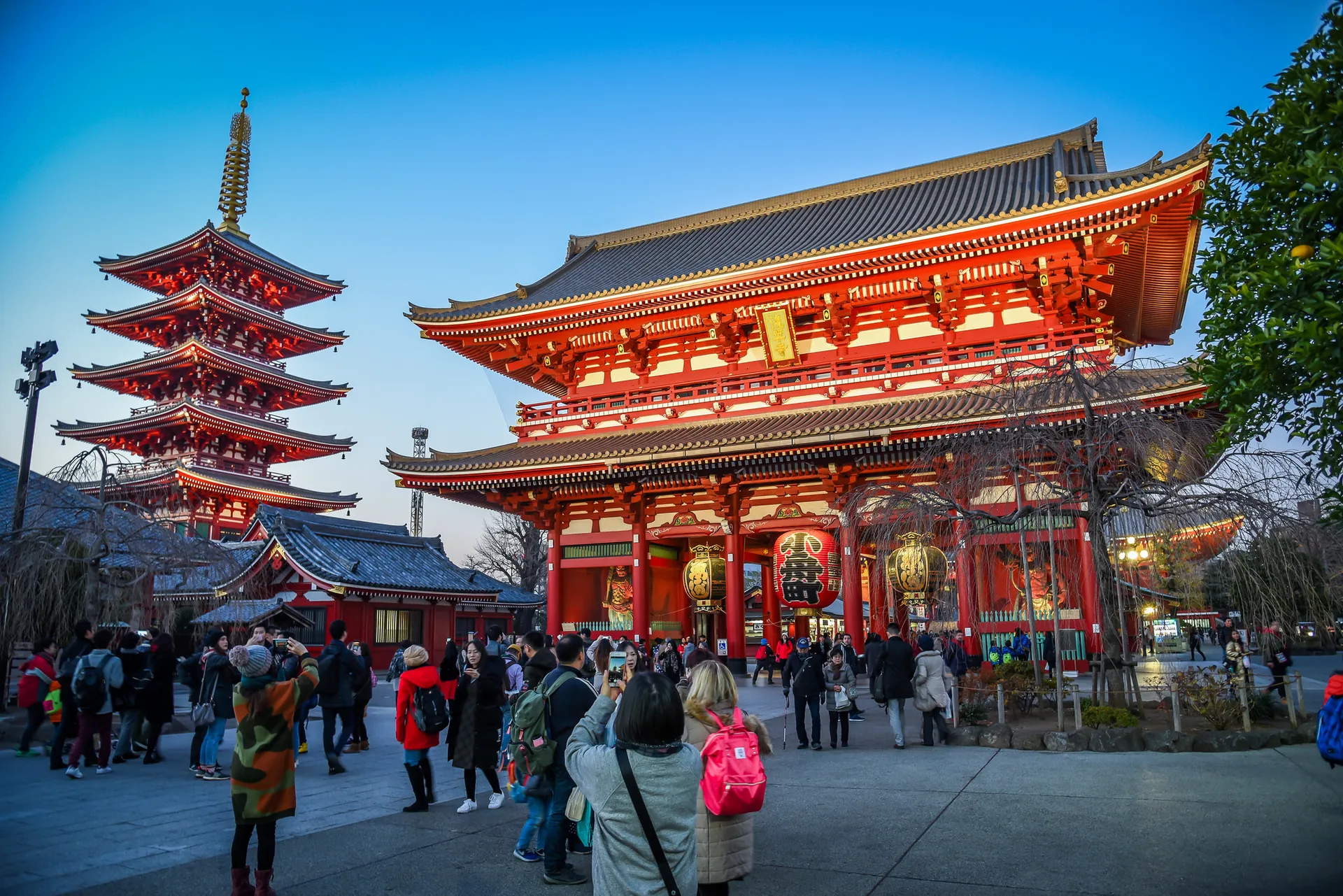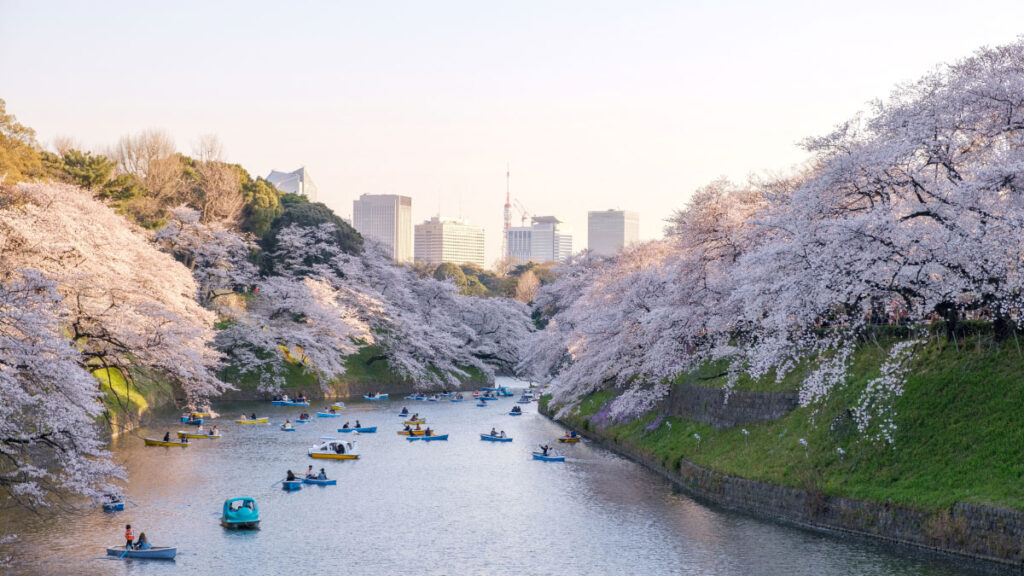Tokyo is a metropolis where centuries-old traditions blend effortlessly with cutting-edge technology and cultural trends. The city mesmerizes visitors with its energetic vibe, historical landmarks, skyscrapers, bustling shopping districts, and culinary delights. Whether you’re a tech enthusiast, a foodie, a culture buff, or someone simply looking for unique experiences, Tokyo offers something for every kind of traveler.
In this comprehensive guide, we’ll take you through 27 must-do activities in Tokyo, providing tips, insights, and fun facts about each exciting location. From futuristic attractions to historical treasures, this article has it all. So, let’s dive into the wonders of Tokyo!
1. Visit the Iconic Tokyo Skytree

Tokyo Skytree is a symbol of modern Tokyo, and at 634 meters, it’s the tallest tower in Japan. Offering breathtaking panoramic views of the city, its observation decks at 350 meters (Tembo Deck) and 450 meters (Tembo Galleria) are perfect vantage points to view both the sprawling cityscape and, on clear days, the majestic Mount Fuji. Around the Skytree, you’ll find additional attractions like the Sumida Aquarium and the Solamachi shopping complex, which are ideal for families and tourists seeking souvenirs and dining options.
Tip: Visit during sunset for incredible views and book your tickets in advance to avoid long lines.
2. Explore Sensoji Temple in Asakusa

